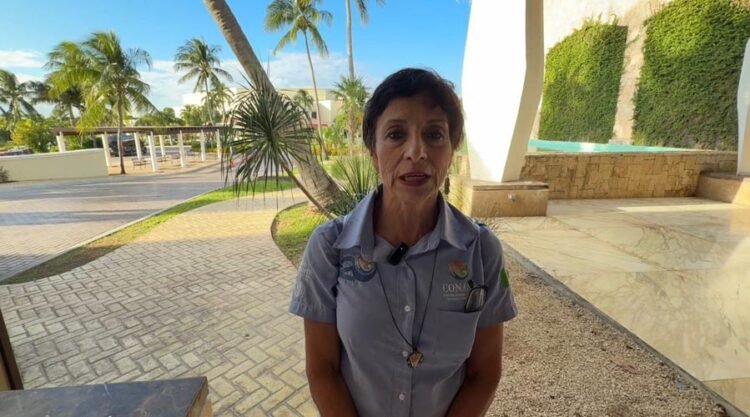Cancún — The Yucatan Peninsula will have a new conservation figure focused on protecting its karst system and the underground rivers that form it, according to María del Carmen García Rivas, Director General of Conservation of the National Commission of Natural Protected Areas (CONANP).
The federal official explained that this territory possesses extraordinary geological richness, where cenotes and caverns are part of the same network that requires stricter measures to guarantee its future.
The new Underground Georeserve will span more than 3 million hectares with the objective of safeguarding its vital underground rivers and cenotes.
During her participation in the Second Sustainability Forum, she indicated that although divers and cave divers already operate under rigorous regulations to avoid damage to the system, the main challenge lies in preventing contamination and more precisely regulating the disposal of wastewater, as well as the constructions that occur on the surface.
TOWARDS COMPREHENSIVE REGULATION
García Rivas revealed to InZoomMX that an interdisciplinary group will be formed to establish management criteria, define areas suitable for development, and recommend where to build with the least possible impact. The objective is for infrastructure to also reduce its vulnerability considering what occurs underground.
Although the official category has not yet been defined, the proposal contemplates more than 3 million hectares that encompass underground rivers, cenotes, and surface areas related to aquifer recharge. The official highlighted that this would be the first georeserve of its kind worldwide due to its three-dimensional character and underground focus.
“We have to conserve these sites in relation to not being contaminated. It is necessary to establish stricter regulations on how we will dispose of our wastewater systems and, on the other hand, in relation to the constructions above, consider what is below,” emphasized García Rivas.
COMMUNITY PARTICIPATION
The initiative draws on experiences from already protected areas such as the Mexican Caribbean Biosphere Reserve and the Felipe Carrillo Puerto Reserve, where underground rivers form part of environmental management. However, the new project seeks to integrate the entire system with a broader vision.
García Rivas underscored that indigenous and rural communities will be central actors in the construction of this proposal. Their knowledge of the territory and of cultural sites linked to the Mayan underworld will allow working together with INAH and other institutions to identify environmental and heritage values.
The preliminary justification study is in process and is expected to be concluded this year or early January, to advance in the necessary procedures and consolidate a conservation figure that could set a precedent in the region.
Discover more from Riviera Maya News & Events
Subscribe to get the latest posts sent to your email.
